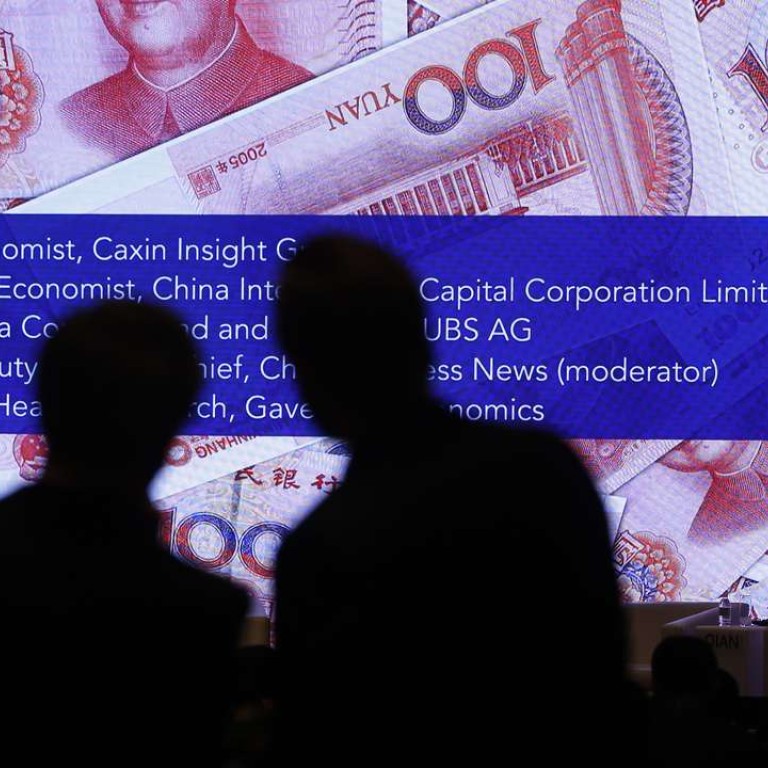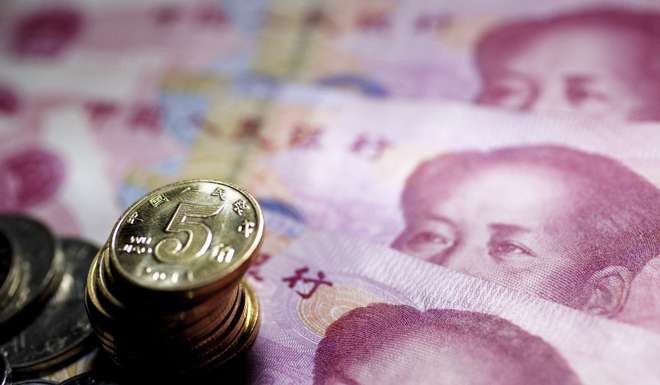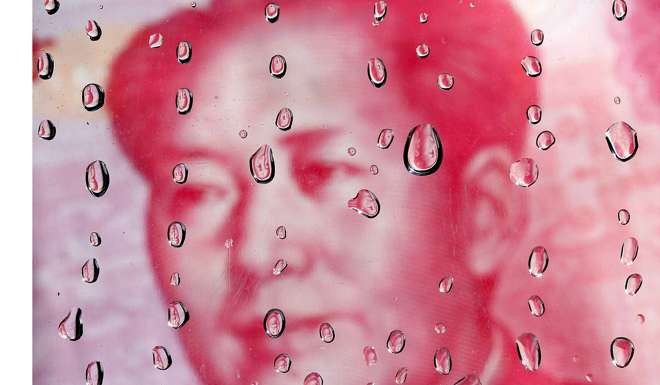
Moody’s and Fitch issue negative outlooks for China’s banks in 2017
Profitability will remain under pressure, the result of declining asset quality and a challenging operating environment
Moody’s and Fitch Ratings have both issued negative outlooks for China’s banking industry, expecting profitability and asset quality to deteriorate further, threatened by high levels of corporate leverage.
Blaming lower lending income prospects combined with moderating economic growth, the ratings agencies have also now lowered their real GDP growth targets for China next year.
Moody’s baseline scenario assumes further moderation in real GDP growth to 6.3 per cent in 2017 from 6.7 per cent in the first three quarters of 2016. While Fitch’s economics team forecasts China’s real GDP growth of 6.4 per cent in 2017, down from a projected 6.7 per cent in 2016
Both firms agree the profitability of China’s banks will remain under pressure, the result of declining asset quality and a challenging operating environment.
Moody’s analysts, including Wan Yulia and Christine Kuo, said the Chinese authorities are expected to step up their efforts to tackle the country’s rising corporate leverage over the next 12 to 18 months and they are confident “this heightened policy focus to contain leverage and close non-viable companies will address a key financial system weakness”.

“It also raises adjustment risk for the banks in the near term, by raising corporate defaults and loan restructurings,” they said in a new research report.
Wan said that underlying asset quality will remain vulnerable too, burdened by highly leveraged and loss-making borrowers, the relapse of some restructured debt, and the rapid rise in bank mortgage loans, as property valuations remain high.
Katie Chen, an analyst with Fitch, echoed Wan’s worries on rising debt levels.
“China’s household lending, in particular mortgages, will remain a key loan growth driver for 2017, in spite of further home-purchase restrictions in the higher-tier cities being introduced to cool market prices,” she wrote in a separate report.
“The extent to which rising real-estate prices will further fuel already-high corporate leverage, as borrowers often use real estate as collateral for loans, remains a key risk for asset quality.”
China’s household lending, in particular mortgages, will remain a key loan growth driver for 2017, in spite of further home-purchase restrictions in the higher-tier cities being introduced to cool market prices
Wan added that the adoption of a more conservative growth strategy by major banks and the broad shift towards deleveraging will also compress lending income.
“This in turn will put pressure on bank profitability, as net interest income still accounted for around 70 per cent of total revenue in the first three quarters of 2016.
“But this pressure on profitability will be partly mitigated by continued growth in non-lending income and the banks’ favourable cost structures.”
Chen from Fitch said its weaker profitability expectation for 2017 “results from higher impairment charges as well as suppressed margins from funding competition and lower borrowing costs to support the economy”.
“Net interest margin contraction should moderate, despite expectations of one more rate cut before the end of 2017 to keep borrowing costs low,” Chen added.

“The banks’ ability to contain costs and drive fee-income growth will be key differentiating factors.”
Both agencies, however, also agree that government support will remain resolute for the banking sector.
Fitch said most of China’s banks are underpinned by the expectation of government support, as the sector plays such a strategic role in supporting economic stability and avoiding widespread defaults.
That state backing, Moody’s added, is expected to remain especially strong for the country’s major banks to maintain public confidence and systemic stability.
Wan warned government support for smaller banks, however, will become “more selective following the implementation of the deposit insurance scheme”, and expects China’s mid and small-sized banks to have a challenging year ahead.
The scheme is aimed at better disciplining the country’s lenders and their customers. Up to 500,000 yuan in deposits made by businesses and individuals per bank are insured. More than 99 per cent of the nation’s depositors are covered, backed by a fund run by the People’s Bank of China.
“These smaller banks, which tend to grow their assets faster than large banks but have weaker internal capital generation, will face higher capital pressure and be more likely to turn to equity and capital securities issuances to sustain their capital levels,” Chen added.

